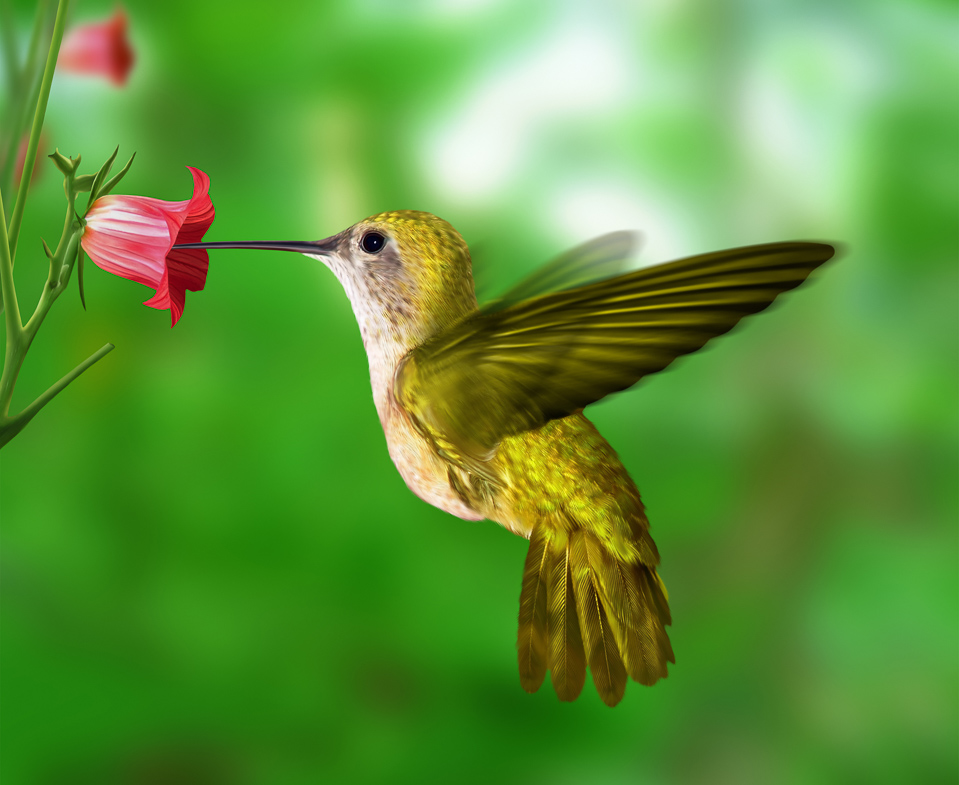
Most people remember times in their lives that were, for one reason or another, particularly stressful—times that provoked frustration, disillusionment—even hopelessness. I recall, for example, feeling lonely and occasionally disoriented in college and, later, in the Marine Corps when forced to confront the horrors of the Vietnam War.
Over the years, I confess I’ve fretted about past mistakes or sentimentally glorified earlier days, while anxiously obsessing about the uncertainties of the future. It was a challenge to live in the moment, to seize the resources within myself and appreciate the possibilities each day offered. But thanks to age and experience, I eventually learned that difficult situations often work out for the best in unforeseen ways. I was reminded of Ernest Hemingway, who once wrote, “It takes a lifetime to understand the simplest truths.”
Over the years, when despondency returned, I found consolation and inspiration in Henry Miller’s 1962 book, Stand Still Like the Hummingbird, which I discovered in my early twenties. Not nearly as well-known as his large, controversial novels (Tropic of Cancer, Tropic of Capricorn), this small collection of stories and essays is a slow reveal of his personal philosophy of life.
The behavior of hummingbirds becomes, for Miller, a metaphor for coping with chaos, stress and life in general. “Standing still” refers to the bird’s ability to hover, enabled by an oversized heart, while extracting nutritious nectar from beautiful flowers.
Just a little background is in order. How well a bird flies depends on how big its heart is. And hummingbirds have the largest hearts for their body size of all birds. Their wings can beat 80 times per second, and their hearts beat more than 1,000 times per minute! They also have the largest brains and flight muscles in proportion to body size of any bird. And they are the only ones that can rotate their wings (up to 180 degrees), allowing them to fly up and down and sideways. They also fly very fast (up to 60 mph in a dive).
In fact, they can maneuver like jet fighter pilots, a talent they use to impress prospective mates. Looping and zigzagging their way up to over 150 feet, they can suddenly change course and plummet, pulling up just before impact with the ground, withstanding G-forces that would cause a seasoned pilot to pass out. All to impress the ladies!
But the aspect of the hummingbird that inspires Miller the most is less flamboyant yet just as incredible—the ability to employ its heart-driven strength to stay focused in the present and on the work at hand, that is, extracting life-sustaining nectar. It’s about self-sufficiency and following one’s heart.
During your own challenging times, perhaps you’ll appreciate this excerpt from Miller’s book:
When you can go neither backward or forward, when you discover you are no longer able to stand, sit, or lie down, when your children have died of malnutrition, and your aged parents have been sent to the poorhouse or the gas chamber, when you realize you can neither write nor not write, when you are convinced all the exits are blocked, either you take to believing in miracles or you stand still like the hummingbird. The miracle is that the honey is always there, right under your nose, only you were too busy searching elsewhere to realize it. The worst is not death but being blind, blind to the fact that everything about life is in the nature of the miraculous.
